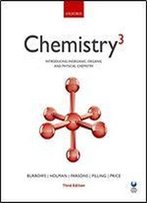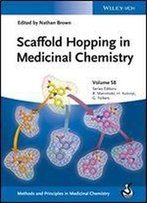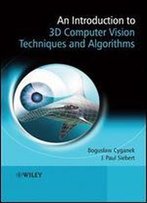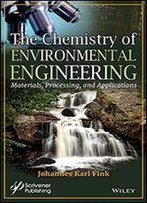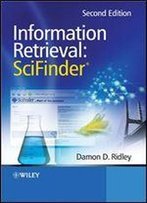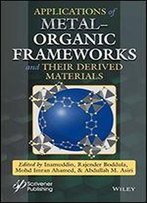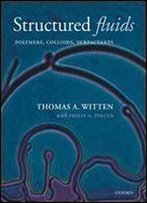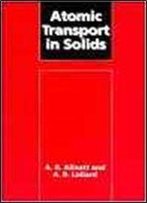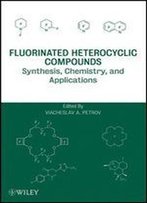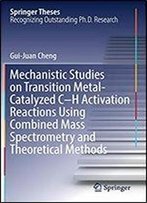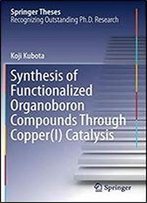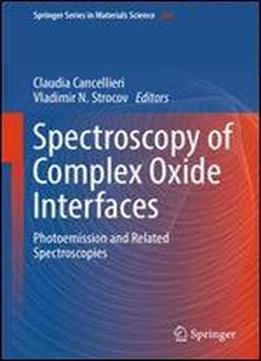
Spectroscopy Of Complex Oxide Interfaces: Photoemission And Related Spectroscopies (springer Series In Materials Science)
by Claudia Cancellieri /
2018 / English / PDF
23.4 MB Download
This book summarizes the most recent and compelling experimental results for complex oxide interfaces. The results of this book were obtained with the cutting-edge photoemission technique at highest energy resolution. Due to their fascinating properties for new-generation electronic devices and the challenge of investigating buried regions, the book chiefly focuses on complex oxide interfaces.
The crucial feature of exploring buried interfaces is the use of soft X-ray angle-resolved photoemission spectroscopy (ARPES) operating on the energy range of a few hundred eV to increase the photoelectron mean free path, enabling the photons to penetrate through the top layers – in contrast to conventional ultraviolet (UV)-ARPES techniques. The results presented here, achieved by different research groups around the world, are summarized in a clearly structured way and discussed in comparison with other photoemission spectroscopy techniques and other oxide materials. They are complemented and supported by the most recent theoretical calculations as well as results of complementary experimental techniques including electron transport and inelastic resonant X-ray scatteringThis book summarizes the most recent and compelling experimental results for complex oxide interfaces. The results of this book were obtained with the cutting-edge photoemission technique at highest energy resolution. Due to their fascinating properties for new-generation electronic devices and the challenge of investigating buried regions, the book chiefly focuses on complex oxide interfaces.
The crucial feature of exploring buried interfaces is the use of soft X-ray angle-resolved photoemission spectroscopy (ARPES) operating on the energy range of a few hundred eV to increase the photoelectron mean free path, enabling the photons to penetrate through the top layers in contrast to conventional ultraviolet (UV)-ARPES techniques. The results presented here, achieved by different research groups around the world, are summarized in a clearly structured way and discussed in comparison with other photoemission spectroscopy techniques and other oxide materials. They are complemented and supported by the most recent theoretical calculations as well as results of complementary experimental techniques including electron transport and inelastic resonant X-ray scattering.
